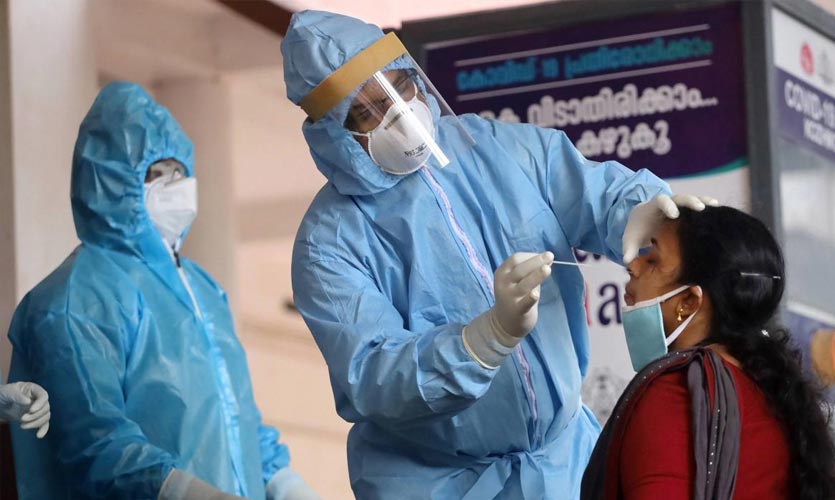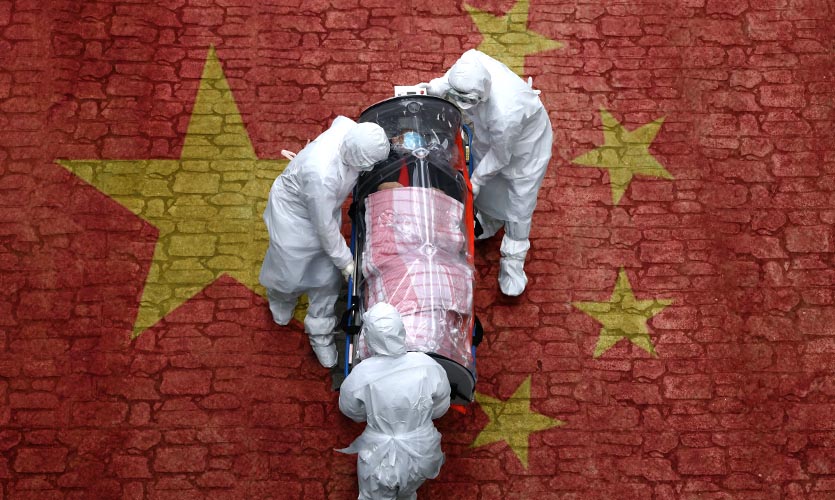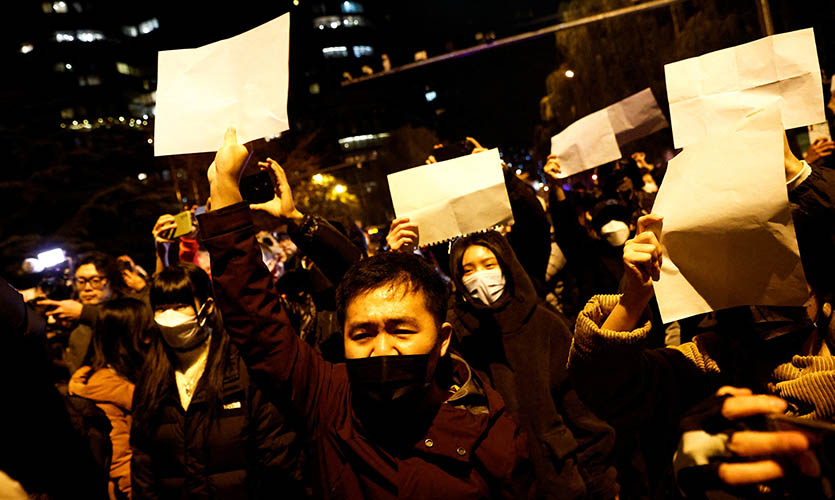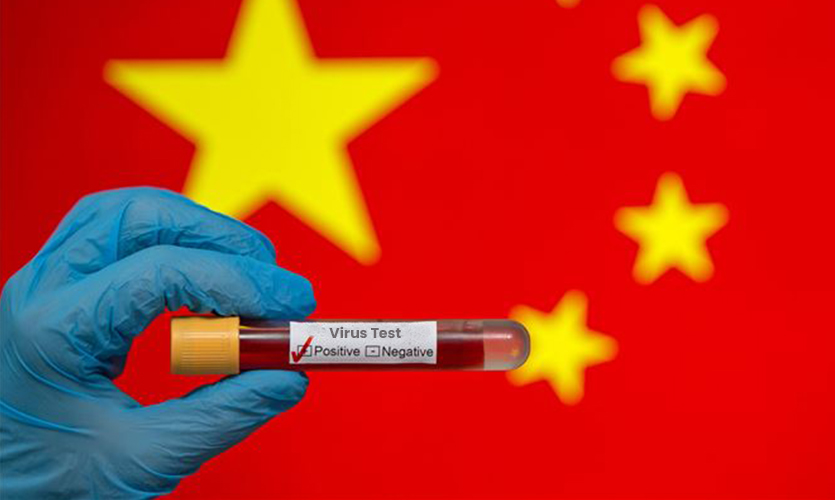Kerala has had a different strategy for dealing with the pandemic. Initially, during the first wave, the state was known for adapting an efficient game plan. With the then health minister K.K. Shailaja, the state’s panel of doctors and experts were able to flatten the curve rapidly. However, after the second wave, Kerala continues to face crisis in fighting the pandemic. The increasing number of new COVID cases in the state, even when there is a steady decline elsewhere in the country, is adding to the tension. Do all these showcase the inefficiency of the state or has the Kerala model a failure?
Kerala adopted the method of tracing and tracking from the beginning of the first COVID wave. This helped in detecting the infected population in a more efficient way. The state was successful in identifying one out of six infections, whereas the national average was one out of 30. This clarifies the rising COVID numbers of the state and its contribution to the national data. Testing in Kerala has revealed 9.2 percent of its population as COVID positive when it forms only 2.3 percent of the entire population in India. This also points to the fact that the total tests per million of the population are 2.2 times the national average. Another fact contributing to this is that 35 percent of the tests conducted in Kerala are RT-PCR, while it is only 48 percent in the entire country. Irrespective of the test type used, the testing and tracking done by the state proved far more effective than anywhere else in India.
According to the seroprevalence surveillance (These surveys help to estimate the percentage of people in the population that have developed antibodies against COVID-19) conducted by the Indian Council of Medical Research (ICMR) in different intervals over the period of the pandemic, the seroprevalence of the entire country was 67.6 percent. Kerala registered 42.7 percent.
The current health minister of Kerala, Veena George explained the steps taken by the state such as targeted testing after tracing and proper tracking of the spread enhancing a better surveillance system, in an interview given to India Today. She underlined the fact that Kerala so far hasn’t faced any shortage of infrastructure, oxygen containers, ventilators, or hospital beds as seen in various parts of the country. The state has also recorded one of the lowest death rates due to COVID in the country. The vaccination drive has also played its part in spreading immunity among the population. While only 9 percent of the Indian population is completely vaccinated, 22 percent of the entire population of Kerala is vaccinated (according to the data available on August 17). The state also accounts for the least wastage of vaccine doses.
Despite an intelligent system and an efficient team, why has Kerala still recorded high numbers of those infected with COVID recently? Kerala’s population accounts for a large percentage of vulnerable people. Moreover, the spread of the virus is comparatively slow in Kerala, which is evident from the details of the first and second waves across the state. However, the delayed spread has allowed the government to provide quality treatment, quarantine measures and healthcare facilities. This has also allowed for speedy vaccination across the state. The slower the spread, the lesser the pressure on the public health system to tackle the cases. This has also contributed to the low death toll across the state.
Read more: List Of COVID-19 Schemes Initiated By NGOs For Social Welfare
Kerala has been on a look out ever since the first COVID case of the country, which was from the state itself. The steps and milestones achieved by Kerala must be appreciated. But there are instances when the number of infections increases due to sheer negligence from the administration that could have been avoided. The Kerala government witnessed serious backlash from the Supreme Court previously, for providing festive relaxations during Eid.
Currently, Kerala accounts for almost half of India’s new COVID cases. As a result, the chief minister announced low-key Onam celebrations considering the growing concern over the recent COVID spike. CM Pinarayi Vijayan inaugurated virtual Onam celebrations last Saturday, after the union health minister, Mansukh L. Mandaviya visited the state with the central team to assess the COVID situation. Earlier this week, the Centre announced ₹267.35 crores as emergency COVID response package for Kerala, and an amount of ₹1 crore for each district to create a medicine pool, to develop the state’s health infrastructure. The Centre has also promised more vaccine doses for Kerala in the upcoming months.
The state’s tourism minister, P.A. Muhammad Riyas has announced various online competitions as part of Onam 2021. Special events that put forth tourism, art, culture and food diversity have been promoted via virtual media by giving more prominence to the traditional artists. Online competitions like creating floral carpets (Pookalam, a traditional way of celebrating Onam by creating designs by flowers), are also slated to be hosted by the government. DGP Kerala state police, Anil Kant said “Onam fest and other celebrations should be conducted indoors due to the current scenario. Those who visit beaches and tourist points must ensure that they comply with COVID-19 regulations. Strict police patrolling will be conducted at night to charge the rule-breakers.”










